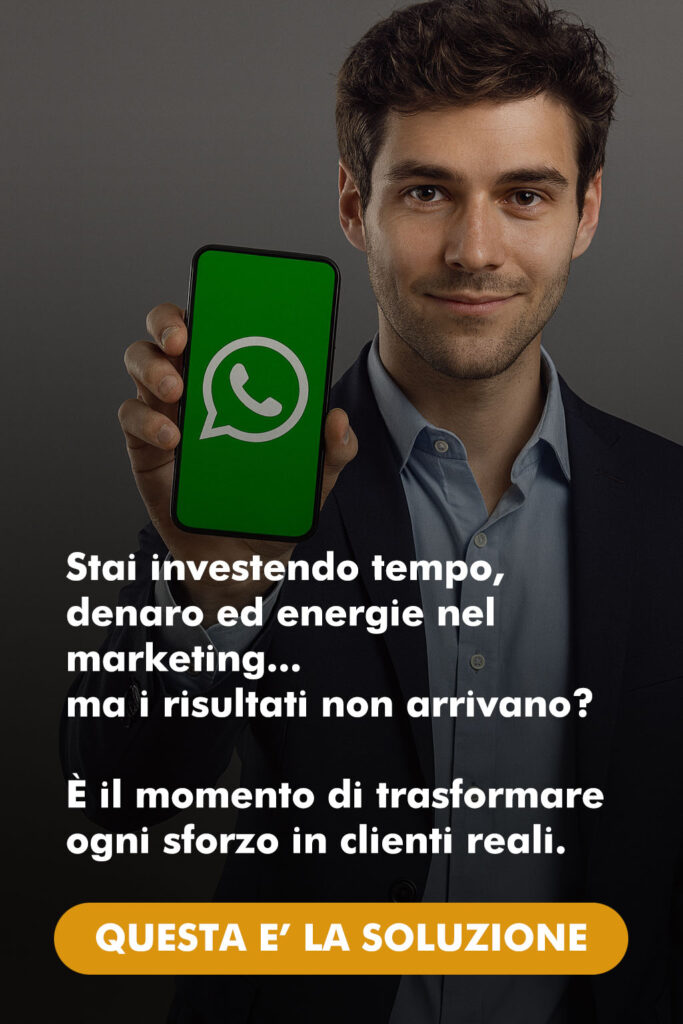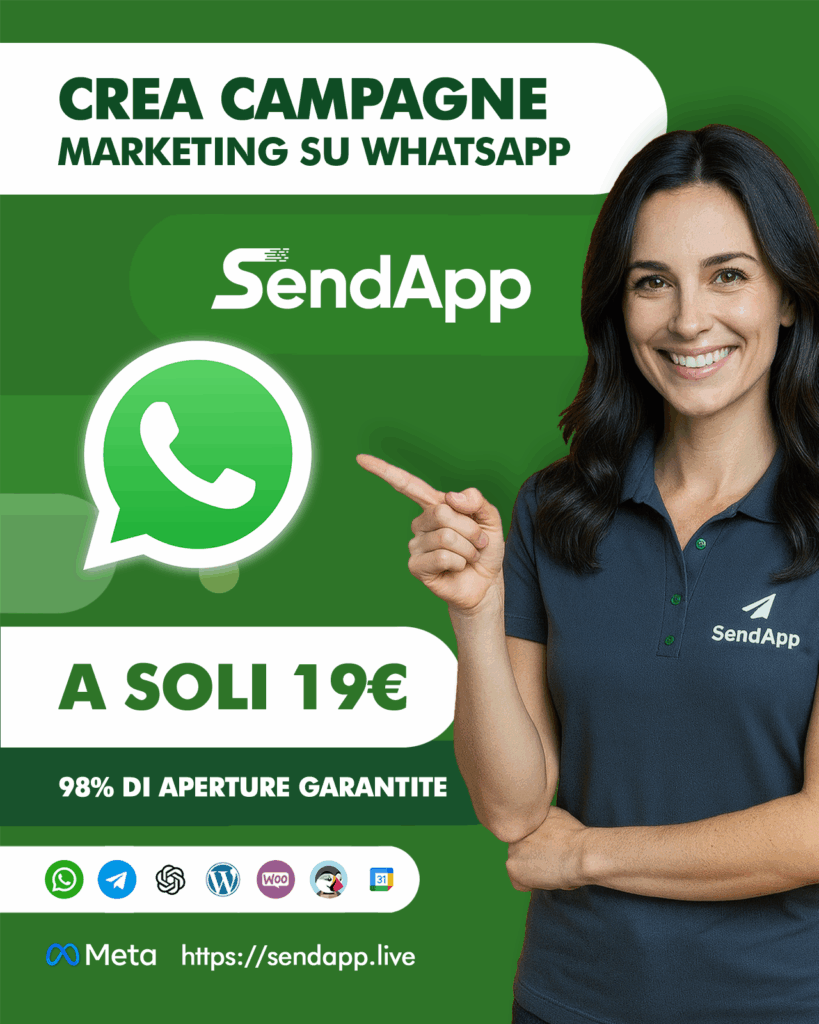Proactive Chat vs. Reactive Chat.
Did you know that on average only 2% of website visitors turn into customers? The other 98% simply move on without making a purchase. Once a visitor enters your website, you have the power to turn them into a customer. So, why don't you? With the right customer engagement, you should aim for at least 10% of visitors to convert into customers. This can be achieved by initiating proactive chat conversations with visitors and keeping them engaged and incentivized to buy something from you. Definitive guide to winning customers with proactive chat
However, to have conversations with website visitors, you don't have to wait around for them to show their interest in your product. This makes you reactive to their interest, and if they don't reach out, you've lost a potential customer. Instead, If you can create an opportunity for a discussion, it can lead to a sale for you. This way, you cultivate an interest in your product proactively till the visitor makes a purchase.
Proactive messaging with triggers
While proactive selling has been a common strategy for ecommerce businesses for some time now, companies in other industries have struggled to capitalize on the hundreds of website visitors who land on their websites. This is where live chat comes to play. The chat widget that is situated on the bottom right corner can be triggered to pop-up to start conversations with every website visitor.

Example of proactive chat message used by Freshchat to promote Refresh 2020.
Proactive Messaging through live chat can be achieved by setting-up triggers in real-time. You can trigger conversations with visitors based on their webpage activities or with the information they share with you. Triggers campaigns ensure every visitor gets personalized assistance on your website by initiating a conversation with them. Once the visitor responds to the trigger, you can talk to them either through live chat or initiate a chatbot conversation.
Benefits of proactive triggers:
- Improved lead conversion
- Increased engagement on the website
- Longer time spent on page
- Reduced cart abandonment
Using proactive chat, you reach out to every website visitor but, no two visitors are the same, so here are the different types of visitors that you can target with proactive chat.
Five types of people you can target with proactive chat.
Proactive chat is all about giving the customer experience that convinces the visitor to make a purchase. We've narrowed down the most common types of website visitors that you can target with proactive chat invitations. We have also suggested potential messages you can use to trigger a message. So, here you go:
1. The decision-maker
The decision-maker is the high-quality lead who has visited your website a couple of times and mainly spent time going through your pricing and product pages. By targeting these leads, you can increase your conversion rates and sales revenue. These leads need to be gently persuaded to make the purchase. The ideal action to get them to take that step is by:
Offering a discount: “Hi there! Now that you've learned about our pricing, we thought you should know about the offer we have. If you make a purchase now, you'll get 20% off. Use the code: OFFER20. "
Demo scheduling: “Hi there! You've come so far as our pricing page, why not schedule a demo with our product experts to see how we can help you better. Would you like to schedule a demo now? "
2. The idle one
These visitors come close to purchasing your product but fall short of taking action by leaving the order in their shopping cart. The longer the web visitor is idle, the higher the chances of them closing the tab and moving on with their day. By targeting these visitors, your business can quickly bring down the cart abandonment rate. To ensure the customer goes through with the purchase at checkout, you should:
Nudge for purchase: "Hi there! It seems like you have some items in your cart. Would you like to complete your purchase right now? "
Indicate the shortage: “Hi there! We noticed that you've added * Product Name * to your cart. There are only * number of pieces * available. Make your purchase before it runs out. "
3. The avid learner
These visitors will be moving around your customer support pages, looking for the right answer to their problem. If you notice someone has come to your FAQ or help page, you can send them messages offering solutions. This will help you gain higher customer satisfaction, higher resolution rate, and understand customer problems better. You can:
Offer help and support: “Hello! We can help you find the answers you are looking for. Please let us know your questions. "
Acknowledgment agent availability: “Hello! We just wanted to let you know that you can reach out to us over here if you have any questions. We'll have an agent assist you right away. "
4. The first-timer
First-time visitors who are just learning about your product. You don't want to miss a chance to engage with them. They've probably entered your website through an ad or a landing page. You'll have to make sure they find what they are looking for. By targeting new visitors, you expand your prospect base and get more chances at gaining new customers. Definitive guide to winning customers with proactive chat. Your pop-up trigger should:
Welcome them to your website: “Well, hello there! You've come to the right place for *Enter your service*. We want to make sure you get what you are looking for. I'm a product expert, and I can answer any questions that you may have. "
5. The chosen one
In case you are looking to increase sales in a particular region, or you're perhaps running an event in a city, you want to make sure the website visitors from that city are kept updated. By targeting these visitors, you can achieve increased engagement in the selected regions and more extensive registrations for events.
Send updates and reminders: “Hi! Our annual conference is right around the corner in your city. If you would like to register, simply send in your email address here. "
Personalize messages in native languages: “We are now offering services in your country. Would you like to know more? We can schedule a demo for you right away! "
Best practices of proactive chat invitations
While proactive live chat is a hugely successful strategy, there are some key things to keep in mind when implementing it. Remember, while the tool may be automated, you are talking to a human on the other end, so try to be helpful rather than imposing your messaging. Definitive guide to winning customers with proactive chat. You should also:
- Time your message: Don't trigger the chat message as soon as the website visitor enters the page, give them at least 5-10 seconds before initiating the message. This way, they get time to read the page before being pinged with an action.
- Keep the chat minimal: Don't spam a visitor with tons of messages. Each page should have a maximum of 1 trigger message, to not overwhelm the reader. Nobody likes it when the chat widget keeps popping up while reading something.
- Know when to step back: The chat widget should never overpower the original message of the webpage. So if the visitor doesn't engage, don't force them to have a conversation.
- Set-up bot flows whenever possible: Unless the conversation is best handled by an agent. Don't be afraid to send chat trigger messages and communications with the help of a bot. The chatbot will be able to have a chat faster than your agent, therefore, reducing wait times and delays.
- Handover to live chat agents: Once the visitor engages with the trigger message unless you have a bot flow set up, have a live chat agent ready to take over the conversation. Making the customer too long for a response will the purpose of the chat trigger void.
Features required for proactive chat
When looking for a live chat software tool for creating proactive chat campaigns, look for two key features:

The campaigns feature of Freshchat to enable proactive chat messages.
Triggered Messages - You can send visitors and customers messages based on where they come from, who they are, and what they do. You can create chat trigger options based on activities like time on page, number of page views, number of visits in combination with visitor location, browser language, and other user properties.
Targeted Messages - You can send messages to users in specific categories to engage them or make an announcement. You can segment users into categories based on properties such as their language, location, device, email address, phone number, etc.
Conclusion
Proactive live chat can level up your customer experience game. It will give you an edge above your competitors, who are still waiting for prospects to start the conversation. With live chat software like SendApp, a campaign tool can offer better customer engagement simply through your chat window.






